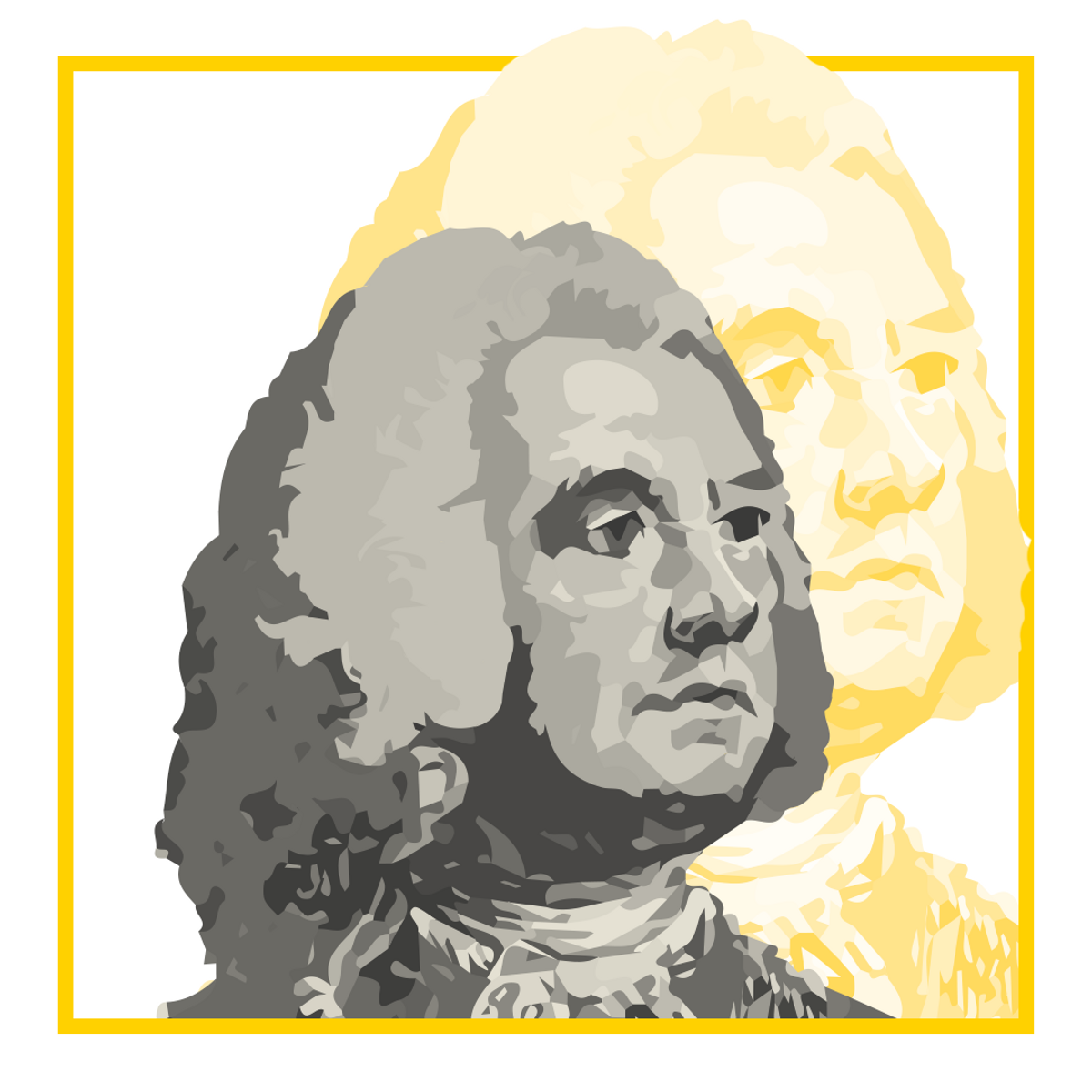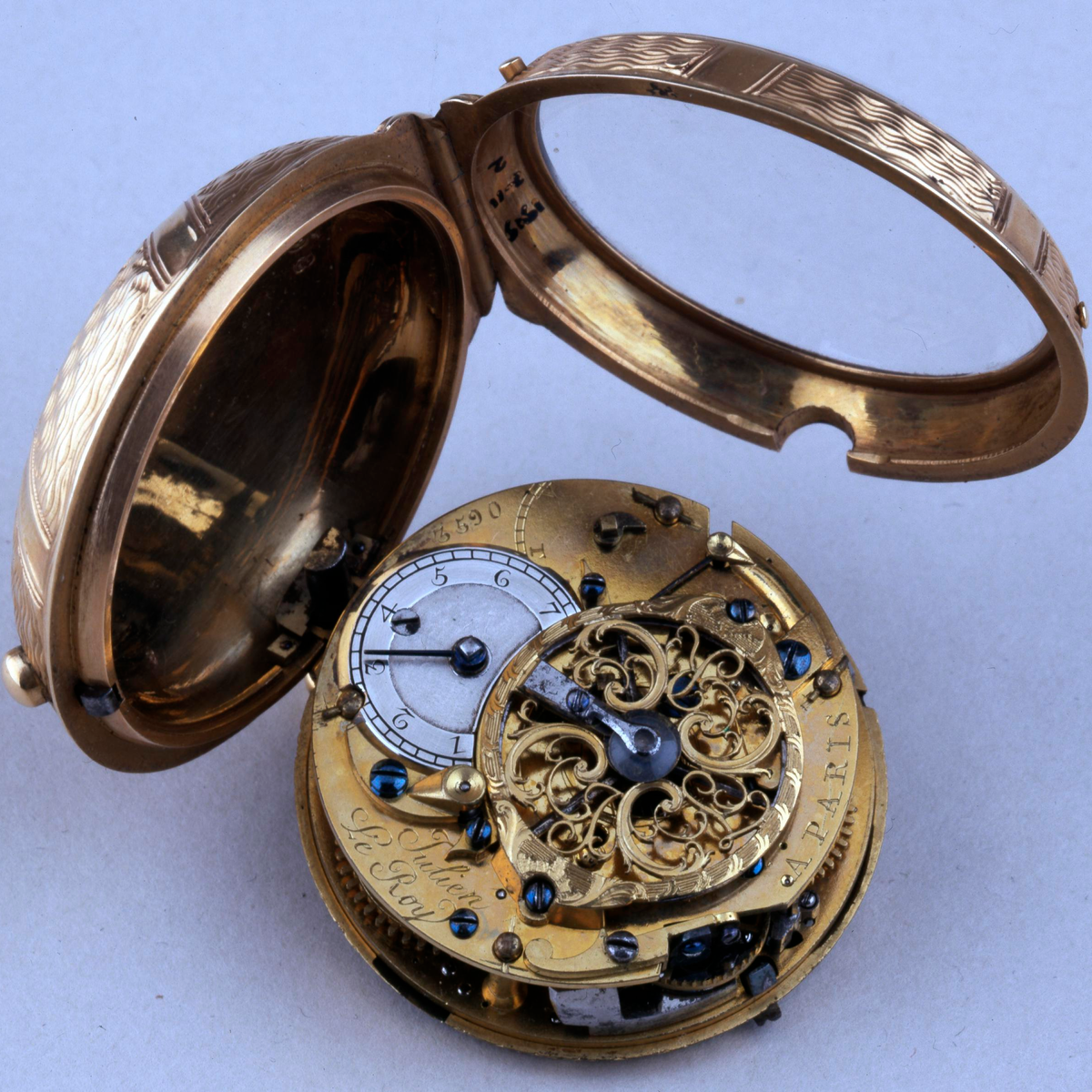Born in Tours in 1686, Julien Le Roy is widely regarded as one of the great French watchmakers, having elevated France’s status as a centre for horology at a time, during the Enlightenment, when British watchmakers dominated the field. A brilliant young man, he was thirteen when he travelled to Paris to begin his apprenticeship. By the age of twenty-seven he had been accepted into the city’s guild as a master clockmaker. He soon earned a reputation for the quality of his work and for an almost obsessive determination to produce the most precise timepieces possible, first by incorporating innovative solutions into existing mechanisms then through mechanisms of his own invention. Having improved the compensating pendulum in order to diminish the effects of temperature change on rate, he then turned his attention to repeater watches, making them smaller while improving their solidity and precision. Shortly after his appointment as horologist to Louis XIV in 1739, he imagined a new way to construct striking mechanisms under the dial, in space created by removing the dial plate. More innovation followed in 1755 when he introduced a lever escapement as a governor in striking mechanisms. His seconds and equation clocks are typical of his wish to measure time with ever greater precision.
Le Roy also excelled in the making of tower clocks. He invented a horizontal movement that was cheaper and easier to produce, having fewer parts; more precise thanks to rearranged gears and reduced friction; and simplified maintenance. Le Roy described its various advantages and features in a 1737 publication titled Règle artificielle du temps. On his death in Paris in 1759, he was succeeded by the eldest of his four sons, Pierre Le Roy, who would also leave his mark on history as one of the founders of modern precision time measurement.
1720
Presentation before the Academy of Sciences of an equation clock showing true time, sunrise and declination. The invention was declared “wonderfully exact and practical”.
1721
Invention of an adjustable potence for the wheel in a verge escapement, found in most escapements of this type until the late eighteenth century.
1738
Presentation of a compensating pendulum to counter the effects of temperature change.
1740
Invention of a horizontal clock movement.
1744
New arrangement for striking mechanisms, positioned under the dial.
1755
New striking mechanism with a lever escapement as a governor.

